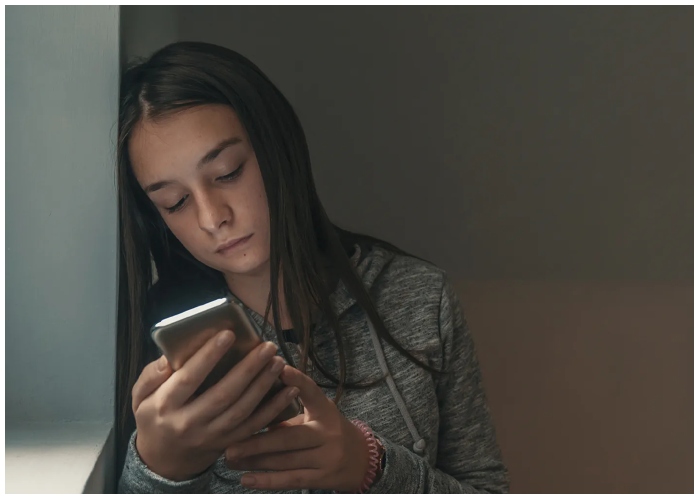Loneliness isn’t just a fleeting feeling—it’s become a defining emotional state of our time. In recent years, studies have shown that more people than ever are experiencing chronic loneliness, even if they’re surrounded by others. Social media, remote work, shrinking communities, and fast-paced lifestyles have created a perfect storm for disconnection. This growing sense of isolation has real mental, emotional, and physical consequences, making it critical to understand and address.
Why Loneliness Is on the Rise
We live in the most digitally connected era in history, yet studies suggest people feel more isolated than ever. Technology makes communication faster, but often at the expense of meaningful connection. Add in the shift to remote work, fewer neighborhood interactions, and the decline of communal spaces like churches or local clubs—and people are simply seeing each other less.
Why it matters: Loneliness isn’t just unpleasant—it’s dangerous. Prolonged loneliness has been linked to higher risks of depression, anxiety, cognitive decline, and even heart disease. According to the U.S. Surgeon General, the health risks of chronic loneliness are comparable to smoking 15 cigarettes a day.
The Hidden Faces of Loneliness
Loneliness doesn’t always look the way we expect. It’s not just the elderly or those living alone who suffer from it. People in marriages, parents surrounded by children, and even those with large social networks can experience profound loneliness. It’s often about the quality of connections, not the quantity.
How it shows up: You feel disconnected in a crowd. You go through days without a deep, personal conversation. You scroll through social media for hours but still feel empty. It’s not about being alone—it’s about not feeling seen or understood.
How Social Media Makes It Worse
While social media can help us keep in touch, it often leads to surface-level interactions and curated comparisons. Watching others’ highlight reels can increase feelings of inadequacy and disconnection, especially when you’re going through something difficult.

What to watch for: Mindless scrolling, doom-scrolling, or comparing your life to others’ curated posts. You may find yourself feeling worse after time online. Even if you have hundreds of digital friends, that doesn’t always translate into support or connection.
Remote Work and Social Withdrawal
The rise of remote work has improved flexibility for many but also reduced daily interactions that used to offer natural connection—quick chats at the coffee machine, shared lunches, or just seeing another face throughout the day.
What’s missing: Those casual conversations or shared moments of laughter are important. Without them, even extroverts may start to withdraw. For many, the pandemic normalized isolation, and some are still struggling to re-integrate.
Coping Strategies That Actually Help
Coping with loneliness isn’t about filling every social calendar slot—it’s about building meaningful, authentic relationships and engaging in activities that make you feel valued and seen.
Start with small steps:
- Reach out to someone you’ve lost touch with.
- Join a class or group based on your interests—book clubs, hiking groups, cooking classes.
- Make a commitment to connect in real life, even if it feels awkward at first.
Small efforts, like a weekly phone call or inviting a neighbor for coffee, can become emotional anchors. It’s not about quantity—it’s about depth.
Nurture Emotional Intimacy
One antidote to loneliness is emotional intimacy—the kind of connection that comes from vulnerability, shared experiences, and genuine conversation. This might be with a partner, a friend, or even a support group.
Try this: Practice active listening when talking with others. Share how you’re really doing, not just surface-level updates. Even a brief, honest exchange can be deeply grounding.
Spend Time in Community Spaces
Local libraries, gyms, religious centers, or community gardens offer low-pressure environments to be around others. These aren’t just “activity centers”—they’re essential for feeling connected to something bigger than yourself.
Engage casually: You don’t need to commit to a big social event. Just being around others regularly helps reduce feelings of isolation. Volunteering is another powerful tool—it offers purpose and companionship in one.
Take Care of Your Mental Health
Loneliness often intersects with anxiety, depression, or low self-esteem. Addressing mental health through therapy, support groups, or self-guided tools like journaling or mindfulness can ease the sting of loneliness and open you up to new connections.
Look for signs: If your loneliness feels unshakable or is impacting your health, sleep, or appetite, talk to a mental health professional. There’s no shame in needing support.
You’re Not Alone in Feeling Alone
One of the most important truths to remember is that you’re not the only one feeling this way. Loneliness is more common than ever—but it’s also more recognized and discussed. The path forward involves honesty, intentional connection, and patience.
Loneliness might feel permanent, but it’s not. With time and effort, you can rebuild connection and community in ways that are authentic and fulfilling. Begin where you are, be gentle with yourself, and know that your need for connection is not a weakness—it’s human. You deserve to feel seen, heard, and supported.